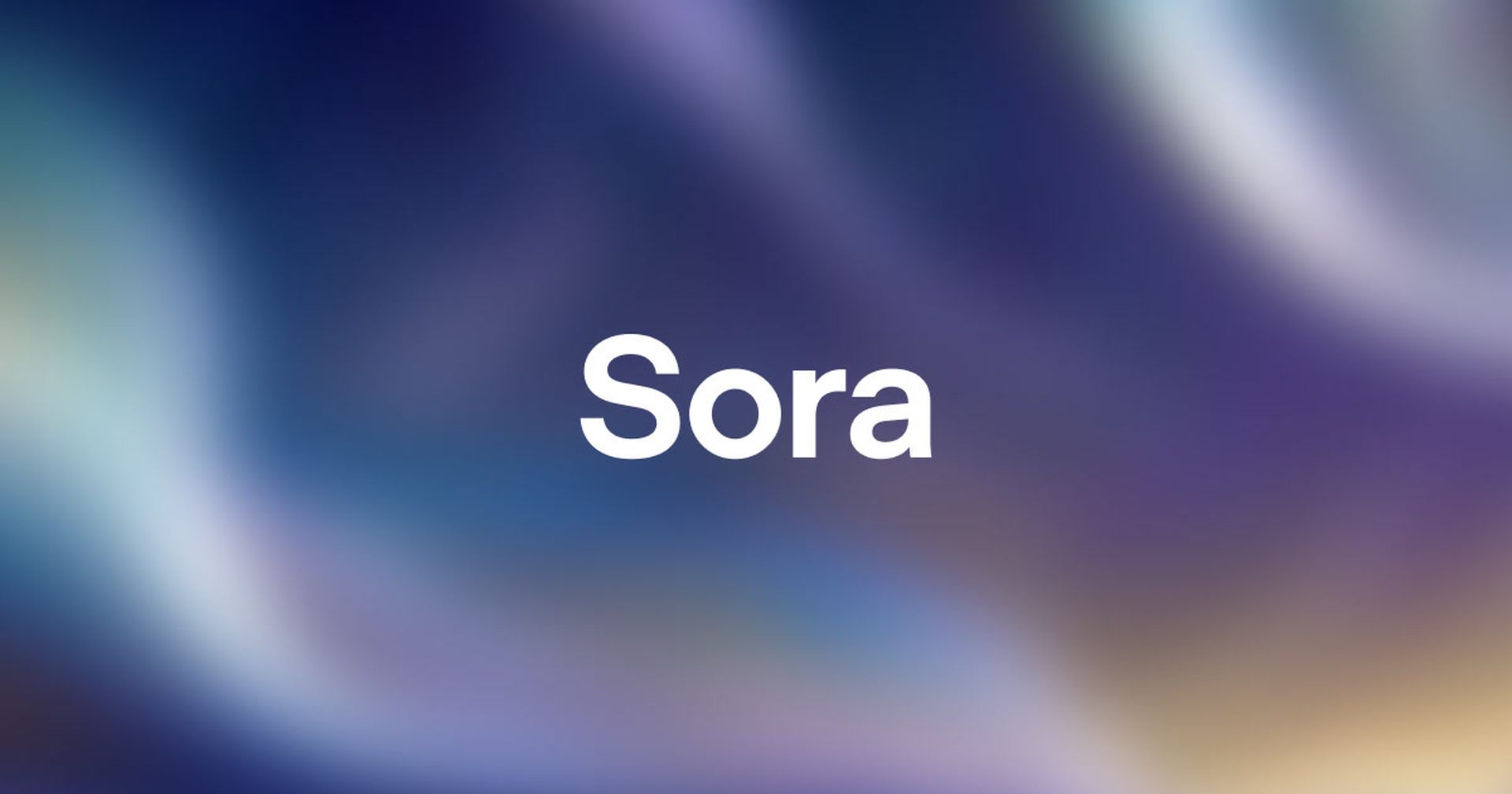Sora launches: What OpenAI’s text-to-video tool can (and can’t) do

OpenAI has launched Sora, a text-to-video AI model, making it available to users in the U.S. and many other countries. Unveiled in February, Sora enables users to generate videos from text prompts, animate images, and remix videos. It operates under a tiered subscription model, offering limited access to non-subscribers.
How to use OpenAI Sora now?Sora is accessible through Sora.com for ChatGPT users, offering different capabilities based on subscription levels. Subscribers to ChatGPT Plus can create up to 50 videos at resolutions up to 720p, while ChatGPT Pro subscribers pay $200 a month for unlimited video generation, 1080p resolution, and additional features such as simultaneous uploads and watermark-free downloads. The product’s public availability follows a week of service suspension due to unauthorized backdoor access created by artists protesting against OpenAI’s practices.
OpenAI emphasized that videos generated via Sora will feature visible watermarks and C2PA metadata to identify their AI origins. Users must confirm that uploaded content does not include minors, explicit content, or copyrighted material. Misuse of the platform could lead to account bans, as OpenAI aims to balance creative expression with measures against illegal activities.
OpenAI’s launch event showcased Sora’s functionalities, including an “explore” page where users can view videos created by others and a “storyboards” feature allowing video creation from sequential prompts. The service also includes a “remix” tool for modifying AI-generated outputs and blending visuals. However, OpenAI has acknowledged that Sora’s capabilities are not flawless, citing early tester responses as varying between impressive and displaying “strange visual defects.”
While it boasts faster performance in the Turbo version compared to its February preview, Sora struggles with realistic physics and complex actions over extended durations. OpenAI acknowledges these constraints but emphasizes their intent to give society time to explore the technology’s possibilities and co-create norms for responsible use as video generation capabilities advance.
Video: OpenAI
Transparency and safety remain central to Sora’s rollout. Every Sora-generated video includes C2PA metadata to verify its origin, alongside visible watermarks to distinguish AI content. OpenAI has also implemented advanced safeguards to block harmful misuse, including content like child sexual abuse material (CSAM) and sexual deepfakes. For now, the feature allowing uploads of likenesses is restricted to a small group of testers under strict moderation policies. OpenAI plans to refine its deepfake mitigation efforts before expanding access further, incorporating insights from red-teaming and partnerships with NGOs to ensure a secure and trustworthy environment.
YouTube demands answers on Sora’s training data
It remains unclear whether Sora will be available in the UK or other parts of Europe, as OpenAI is navigating compliance issues related to copyright and data protection laws. The company has endured scrutiny over its practices, including claims from artists alleging exploitation related to the testing of the Sora model.
In summary, OpenAI’s text-to-video tool, Sora, offers capabilities like generating videos from text prompts, animating images, and remixing AI-generated content, making video creation more accessible and interactive. However, it’s not without limitations—Sora struggles with realistic physics, long-duration complex actions, and sometimes produces visual defects. While the Turbo version offers faster generation and higher resolutions, these imperfections highlight its early-stage nature. OpenAI has implemented safeguards, including watermarks and metadata, to ensure transparency and prevent misuse, aiming to balance creativity with responsible AI usage as the technology evolves.
Sora’s launch highlights ongoing concerns in the AI video generation field, where capabilities are rapidly evolving but can lead to misuse for disinformation or deepfakes. OpenAI has committed to limiting some content forms, blocking uploads that include nudity or harmful depictions.
Featured image credit: OpenAI
